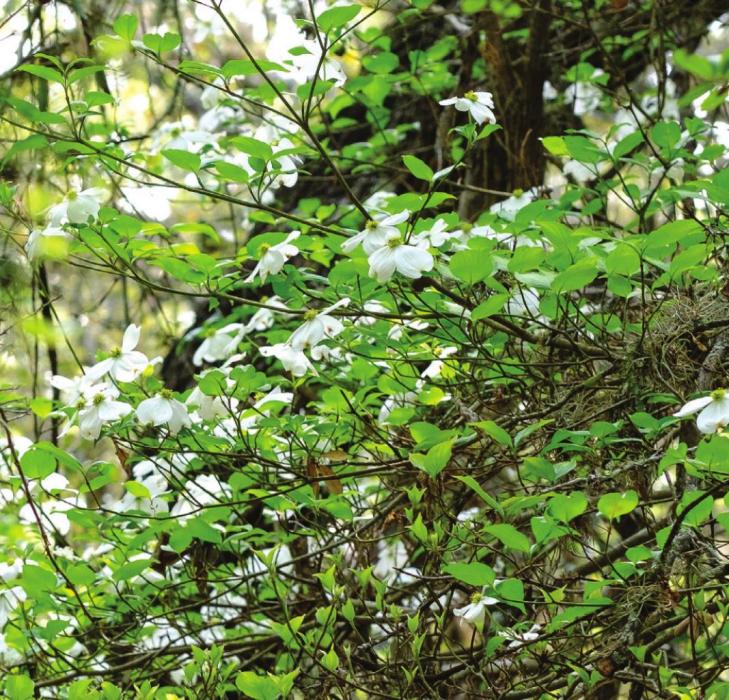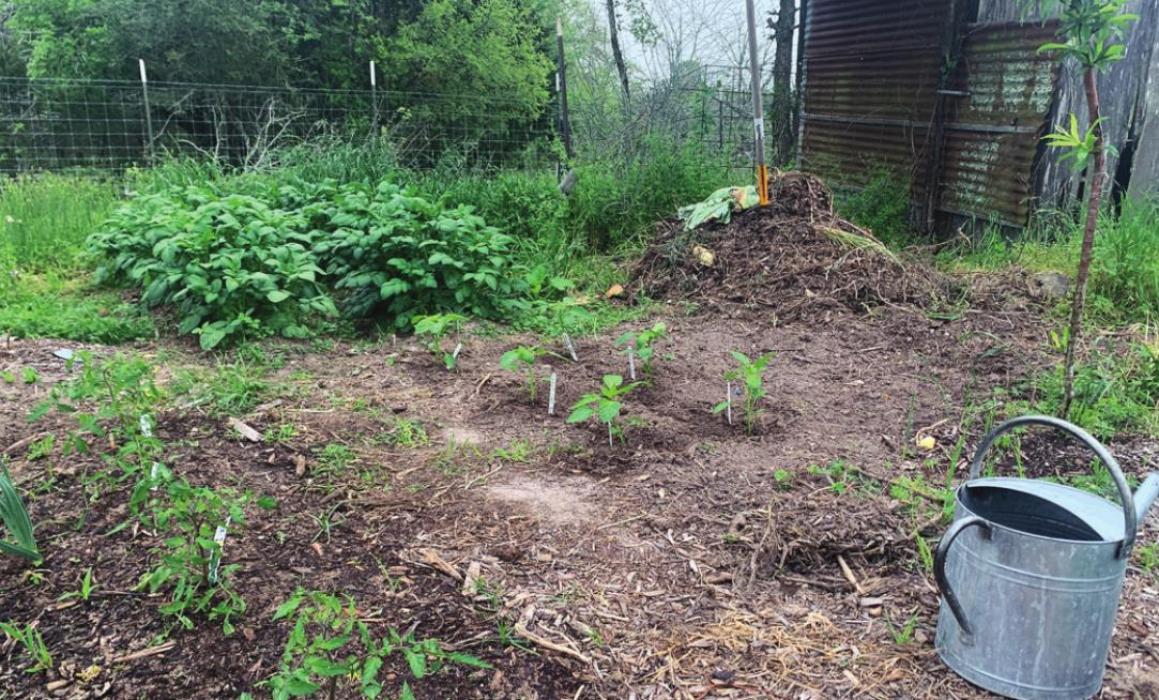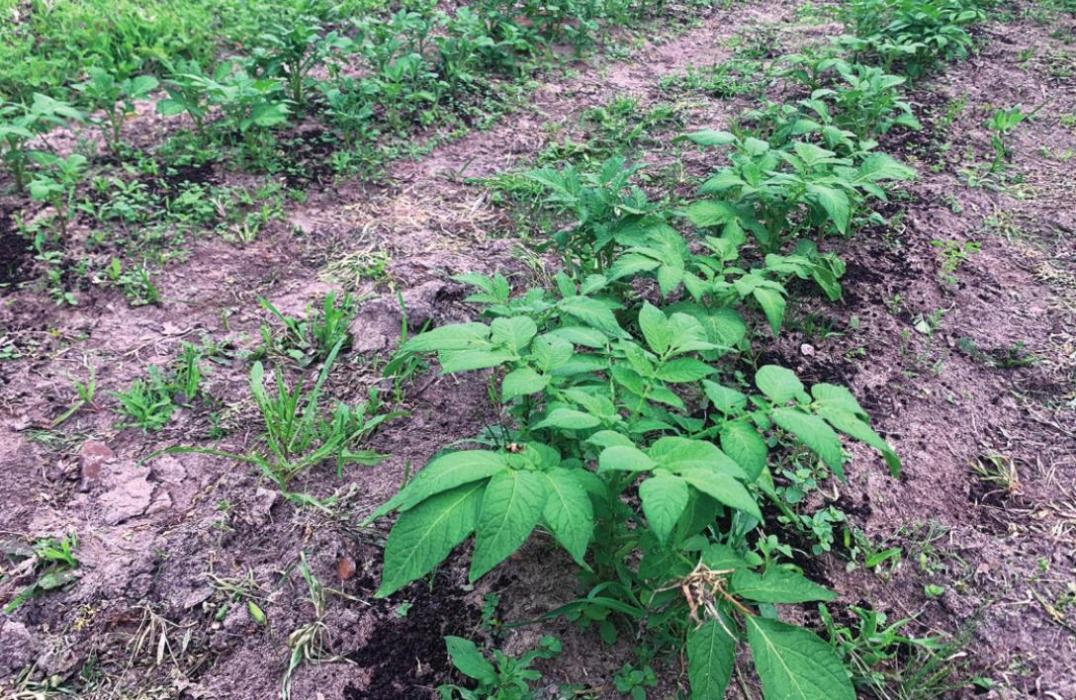The dogwoods are blooming, like they usually do every year when it gets close to Easter.
A reader called me this week to report a particularly majestic dogwood tree in bloom. The tree is located on the side of the road and along a creek between La Grange and Nechanitz (I don’t want to say exactly where, because I don’t think the folks who live down that road would appreciate any extra traffic). The tree was covered in big, white blooms when I observed it on Monday. It stands probably 25 feet tall in the understory of a heavily-wooded creek bottom.
The reader who informed me of this tree said flowering dogwoods (Cornus florida), have been dying off in the east due to a fungal disease called anthracnose. According to Texas Parks and Wildlife, this disease has spread rapidly through the dogwood’s native range. Some scientists think the disease may eventually wipe out all wild dogwood trees.
These trees are not very common in Fayette County, although I have encountered a few while exploring creek bottoms and the Colorado River. There is a Dogwood Lane located near the Fayette Regional Air Center. I drove down it on Tuesday in search of dogwood trees. I turned around without finding any after the road started looking more like a private driveway. Nearby, down Airport Road, I spotted some big white blooms in a low spot about 150 yards off the road. I couldn’t get close enough to see what they were without trespassing.
Has anyone else noticed dogwood trees in bloom? Please let me know by sending pictures or a description to andy@ fayettecountyrecord.com. The show won’t last long. Dogwood blooms typically play out for the year once Easter passes.
The Roving Compost Pile
I can’t stress this enough: if you are going to grow a garden, you need a compost pile. I am continually amazed at the power of this natural fertilizer. Compost needs to be turned about once a week, so I’ve been moving the pile around my garden every time I turn it.
This spring, I planted about 30 lbs. of seed potatoes in four separate plots. One of the plots is in a spot where my compost pile had been. Before planting, I prepared all of the beds as I normally do with an application of Medina Growin’ Green fertilizer, lava sand, cornmeal and molasses. In the plot where my compost pile had been, the potato plants are about four times the size of the ones in the other beds. I planted those potatoes about a week earlier than the other ones. But still, the growth has been phenomenal, and I attribute it to the compost.
You can start a compost pile with just about any kind of organic matter. You will need to find the right ratio of green material to brown material. Green material like grass clippings and weeds that you pull from the garden contain a higher proportion of nitrogen. Brown materials like fallen tree leaves and woody material contain a higher proportion of carbon.
Many experts recommend a ratio of 30 parts carbon to one part nitrogen in a compost pile. However, every ingredient you put in your compost pile will have a different carbon to nitrogen ratio. I try to keep it simple. When my compost pile is hot, I know the ratio is right. When it cools down, that tells me it needs something. When the inside of my compost pile is slimy or goopy-looking, that tells me there’s too much nitrogen and I need to add carbon, such as wood chips or tree leaves. If the materials look like they are not breaking down, that tells me I need more nitrogen, so I add some grass clippings. It’s more of an art than a sci
It’s more of an art than a science for me. Like I mentioned earlier, compost piles need to be “turned” or mixed up from time to time. I do this about once a week. By moving the pile to a different location every time I turn it, I’m depositing a layer of compost on the ground each time.
In addition, a compost pile needs water. I water it about once a week or whenever I notice it getting dry. If you squeeze the material in your hand like a sponge, you should be able to feel moisture.
A compost pile is a great way to reduce the amount of garbage your household produces. Paper towels, paper plates and leftovers can all be thrown in the compost pile. Some people you shouldn’t put meat or dairy scraps in the compost. I do and I’ve never had a problem with it. I always make sure to bury those kinds of things deep in the pile to prevent odors and so critters don’t get to them. About a month ago, I threw about 20 lbs. of pork bones and other scraps from making sausage. When I turned the pile last week, the bones were almost completely decomposed and the surrounding compost was a rich black color.
My wife Janessa experiments with making homemade cheese from time to time. A few months ago I dumped about five gallons of whey on the pile. The next day it got so hot I thought the pile was going to catch on fire.
Plant Sale
I’m happy to announce that another plant sale for my new part-time business, Andy’s Rare and Unusual Plants. It will take place this Friday outside the Fayette County Record Office at 127. South Washington Street in La Grange. Janessa will be on hand to sell some of the rare and unusual vegetable varieties we are growing in our greenhouse. I have to work that day, but I should be available inside the newspaper office for questions.
Offerings this Friday will include “Costata Romanesco,” the famous ribbed zucchini from Rome, Italy, that I have been growing for several years now. This nutty-flavored zucchini is the best I have ever tasted. We’ll also have some “Rugosa Friulana,” a warty, wrinkly yellow squash I’m growing for the first time.
In addition, we will offer some “Tatume” squash, an insect-resistant Mexican native that thrived for me in last year’s summer year.
I still have a few Brad’s Atomic Grape tomatoes that will be for sale, along with some Armenian yard-long cucumbers. My first round of pepper plants are finally ready. I will have some Thai hot peppers and “Quadrato D’Asti Rosso,” an Italian bell-type pepper. In addition, I should have several eggplant varieties for sale including Chinese string, Thai green round, “Rosita” (an heirloom from Puerto Rico) and “Antigua” (a lavender and whitestriped heirloom from Italy).
I hope to see some of you!






